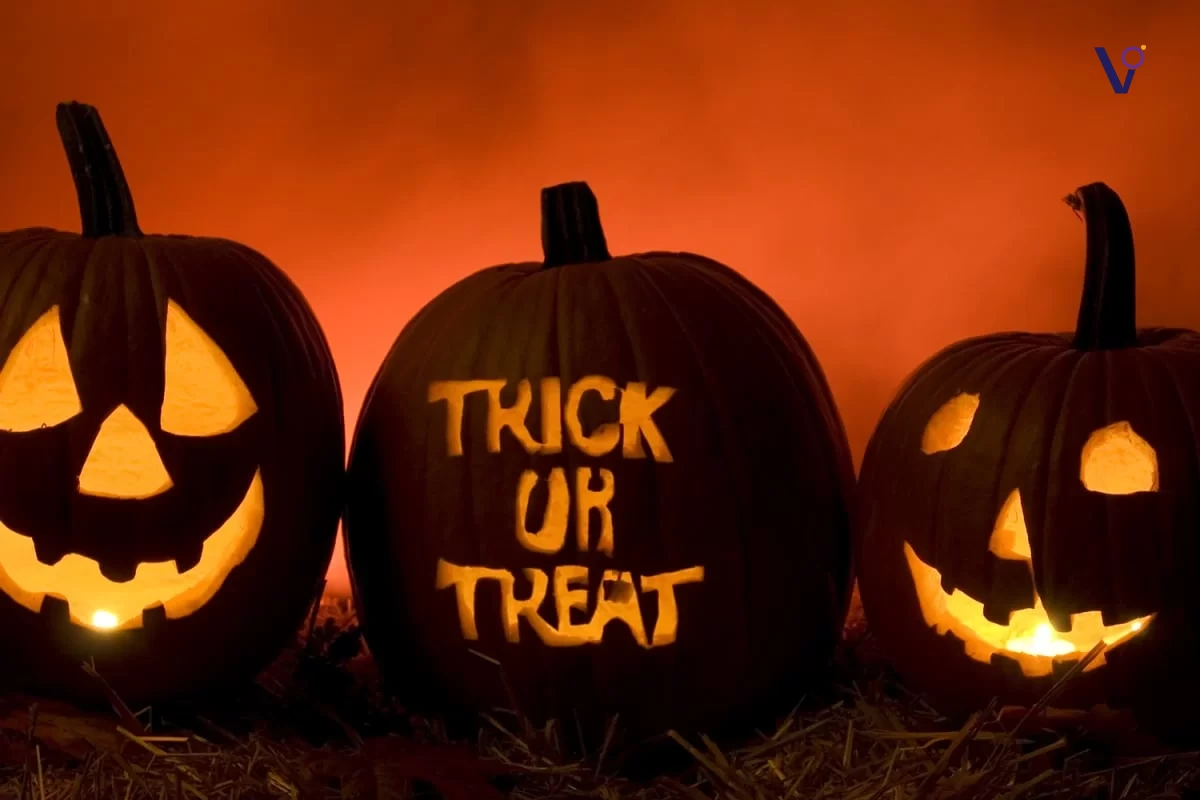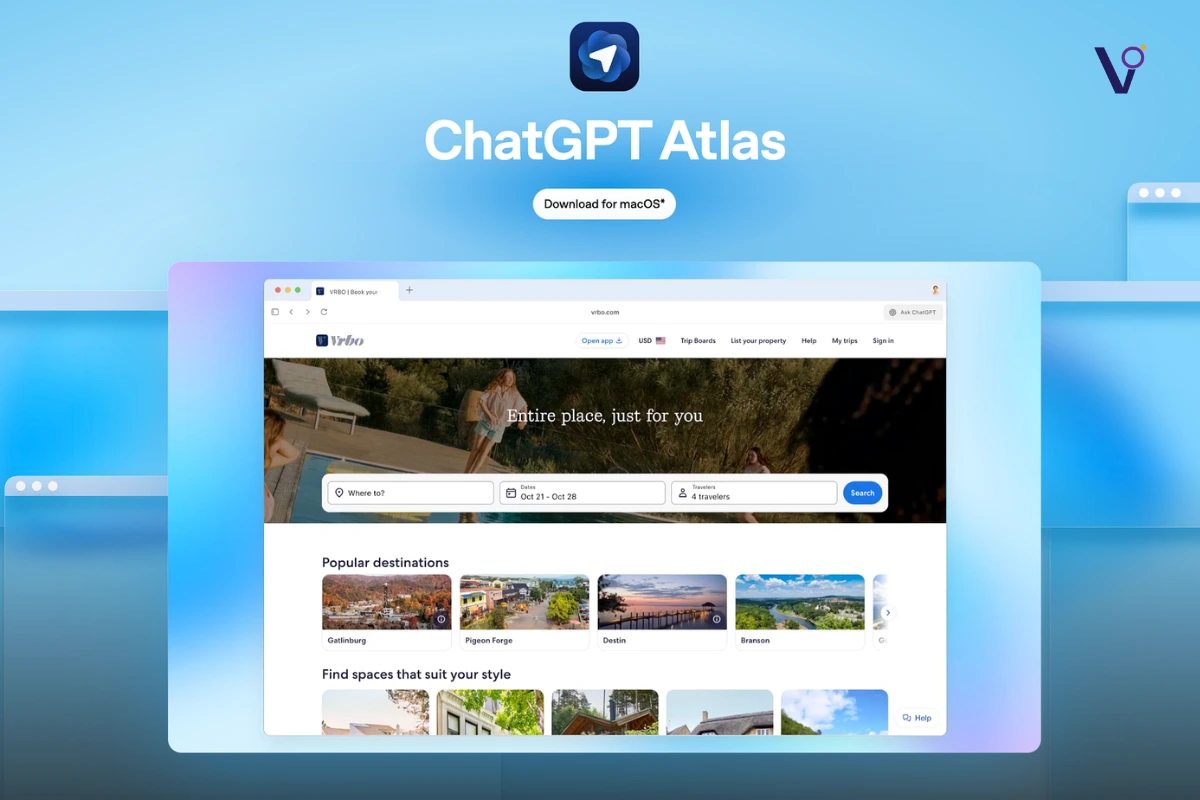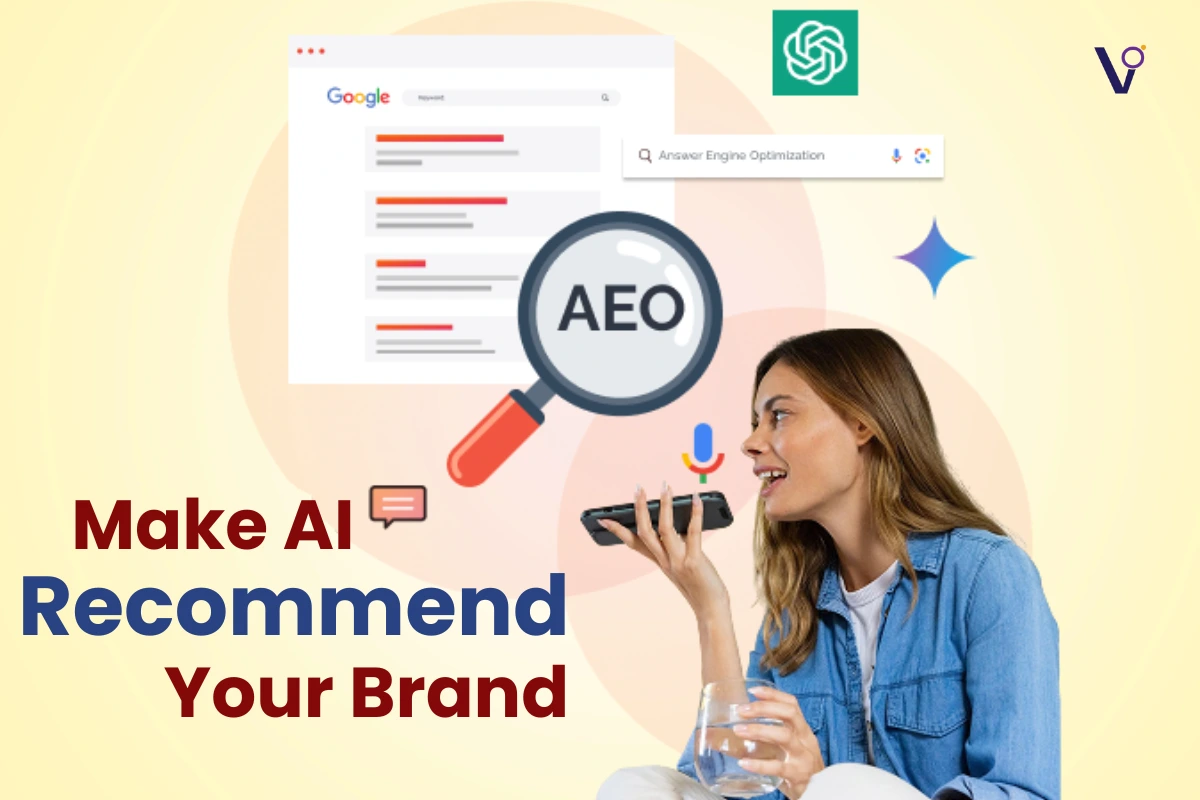The world has been shaken by the latest image generation feature in ChatGPT-4o. People are taking iconic scenes and turning them into Studio Ghibli images, while marketing designers are using AI to create perfect Google Ads. Graphic designers are making comic strips with themselves as main characters, and even AI-generated toy miniatures of Tim Cook and Elon Musk are circulating online.
High time for an AI fashion show pic.twitter.com/ra6cHQ4AAu
— Elon Musk (@elonmusk) July 22, 2024
But with all these advancements, the big questions are: How do you even use this tool? What happens to existing software like Photoshop or Canva? And how should creative professionals and students in design rethink their careers?
This blog dives into the game-changing features of ChatGPT-4o, its advantages over competitors like Midjourney and Ideogram, and how it will impact marketing, advertising, and design jobs.
How to Create a Studio Ghibli image

To access the Studio Ghibli image feature, users must upgrade to the pro plan and switch to ChatGPT-4o. The free version has some limitations, but it’s still worth trying.
One of the most viral effects right now is the Studio Ghibli image transformation. Users can upload a selfie and prompt the AI to generate an image in this aesthetic. But that’s just the beginning—other available styles include Pixar, manga, vintage sketch, and more.
The AI first generates a blurred layout, taking about one or two minutes to refine the image. This process will likely get faster with time. Users can also edit their AI-generated images by describing what they want to add, remove, or replace.
From a marketing perspective, this means brands, agencies, and content creators can generate highly customized visuals without needing professional design skills. Imagine creating an ad campaign, social media post, or website banner in minutes—just by prompting AI.
5 Powerful Features of ChatGPT-4o’s Image Generator
1. Character Consistency
This feature allows AI-generated characters to remain consistent across different images. For instance, if a brand wants to create a recurring mascot, they can ensure that the character looks the same across multiple marketing materials, from Studio Ghibli image to animated videos.
This is a game-changer for brand storytelling and content marketing. Companies can quickly develop personalized avatars for campaigns or customer engagement.
2. Text Rendering
One of the biggest challenges with AI image generation has been rendering text correctly. Previous tools, like Midjourney and Ideogram, often struggled with long sentences or complex words.
ChatGPT-4o solves this. It can generate:
- Street signs, restaurant menus, and invitations
- Infographics and explainer posters
- Branded Instagram carousels and Reels covers
For small businesses, this means they can generate flyers, table menus, and shop signs effortlessly. Content creators and educators can design Instagram stories, slides, and marketing materials without touching Photoshop or Canva.
3. Upload & Restyle
Users can upload sketches or rough designs and transform them into polished, AI-enhanced visuals.
For advertisers and marketers, this means quick turnaround times for creative assets. A rough draft of a social media post can be turned into a high-quality design in seconds.
4. Detailed Directions
Users can specify intricate details in their AI-generated images, from lighting and colors to object placement. This makes it ideal for product advertising.
For example, an e-commerce brand can upload a basic product shot and request AI to enhance it with different backgrounds, settings, or promotional elements.
5. Transparent Layers
This feature enables users to create stickers, badges, and PNG graphics easily, making it a must-have for illustrators and designers who sell digital assets.
Brands can use this for logos, merchandise designs, and digital stickers—all without needing expensive software or expert skills.
Why ChatGPT-4o Stands Out
1. Multi-Turn Generation
Unlike other AI tools, ChatGPT-4o allows continuous edits and refinements, similar to working with a real graphic designer. Users can keep tweaking an image without starting from scratch.
For marketing teams, this means faster iterations and improved collaboration on creative assets.
2. Instruction Following
ChatGPT-4o can process 10-20 objects in a scene with extreme precision, whereas competitors struggle with more than five.
This is a huge advantage for complex ad creatives, product catalogs, and infographic designs.
3. In-Context Learning
The AI can analyze multiple images, blend styles, and maintain brand consistency across visuals.
For e-commerce brands and advertising agencies, this means they can ensure that all campaign visuals match in style and color scheme.
4. AI’s Built-In World Knowledge
Unlike other AI generators, ChatGPT-4o understands real-world context. If a marketer wants an infographic about why San Francisco is foggy, they don’t need to provide extra data—the AI already knows.
This makes it perfect for data-driven content marketing, where brands need educational graphics, how-to guides, and step-by-step visuals.
Limitations of ChatGPT-4o’s Image Generator
While it’s impressive, it’s not perfect. Some current challenges include:
- Cropping Issues – It may cut off important elements in tall or long images.
- Hallucinations – If prompts are vague, the AI might generate incorrect or unrealistic elements.
- Detail Overload – Too many objects in a single image can reduce accuracy.
- Graphing Problems – The AI struggles with precise data visualizations.
- Multilingual Text Issues – Non-Latin scripts like Hindi can be misinterpreted.
- Editing Constraints – Fixing one part of an image might unintentionally alter others.
- Tiny Text Limitations – Small, dense text can become unreadable.
Despite these challenges, improvements are inevitable.
The Future of Marketing & Design in the AI Era
Instead of fearing AI, marketing professionals should adapt and innovate. Here’s how forward-thinking agencies and brands are preparing:
1. Prioritizing Mental & Physical Well-being
Creative industries are demanding, and AI will only increase the pace. Professionals must focus on staying sharp, energized, and adaptable.
2. Expanding Skillsets
The traditional idea of “specialized designers” is fading. The new era values T-shaped professionals—those with deep expertise in one area but broad knowledge in others.
For instance, marketers will need basic design skills, and designers will need to understand AI tools and automation.
3. Learning AI Management
As AI-generated content becomes mainstream, AI operators will emerge—professionals who manage, refine, and improve AI outputs rather than doing manual design from scratch.
4. Staying Open-Minded
History has shown that resistance to technology leads to irrelevance. Instead of fearing AI, marketers and designers should master AI tools to increase productivity and creativity.
Final Thoughts
ChatGPT-4o’s image generator is not just another AI tool—it’s a disruptive force in marketing and design.
From automating ad creatives to generating personalized visuals at scale, AI is reshaping the industry. The key takeaway? AI won’t replace professionals—it will empower those who learn to use it effectively.
If you’re in marketing, branding, or design, the best time to start experimenting with AI tools is now.
Studio Ghibli follows a no-marketing approach, relying on word-of-mouth, nostalgia, and its strong brand reputation instead of traditional promotional campaigns.
Fans of animation, nostalgic millennials, art lovers, and audiences drawn to whimsical, heartfelt visuals resonate the most with Ghibli-inspired marketing.
People are transforming photos into Ghibli-style illustrations using AI, creating dreamlike versions of famous moments and personal memories.



